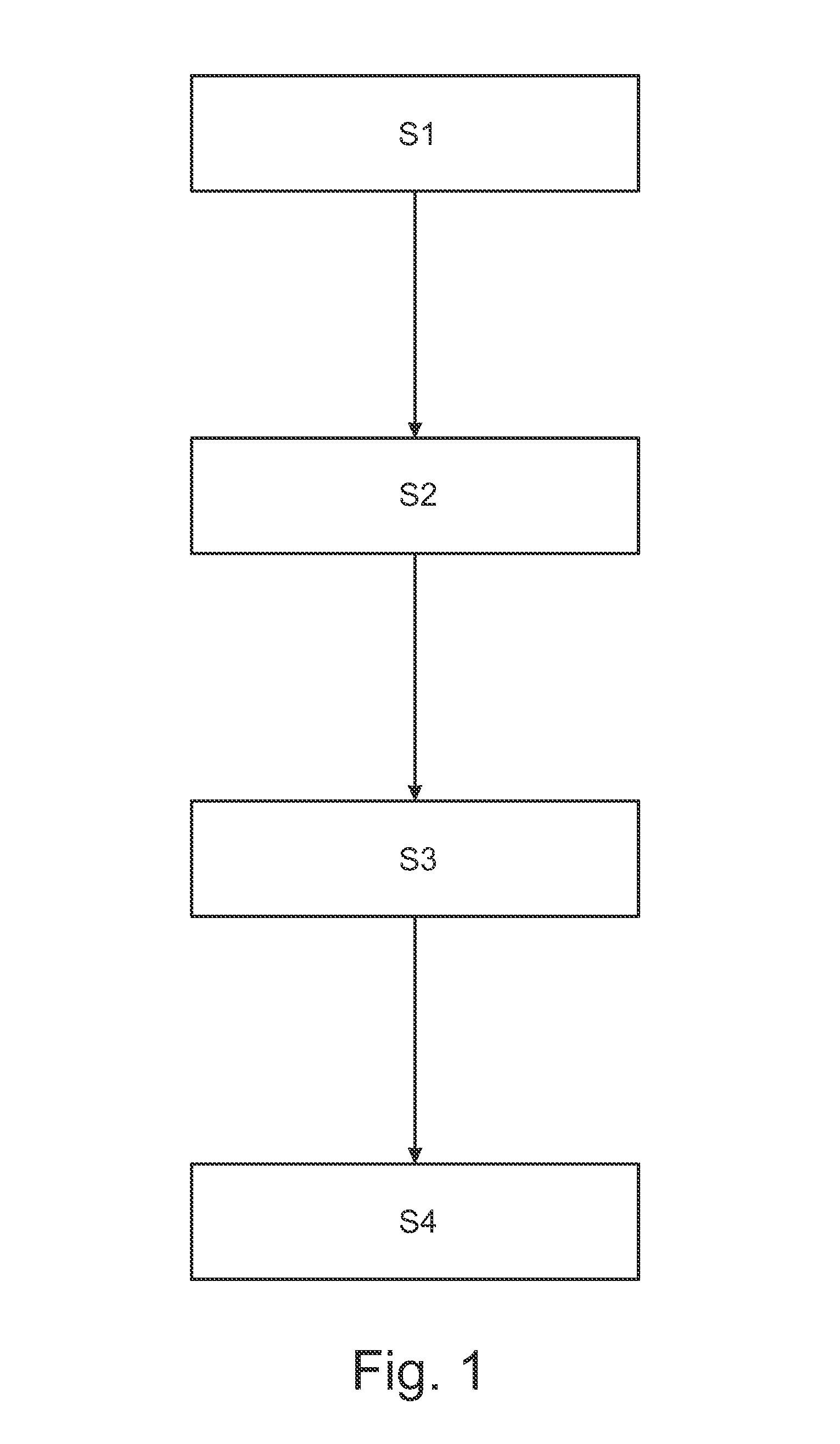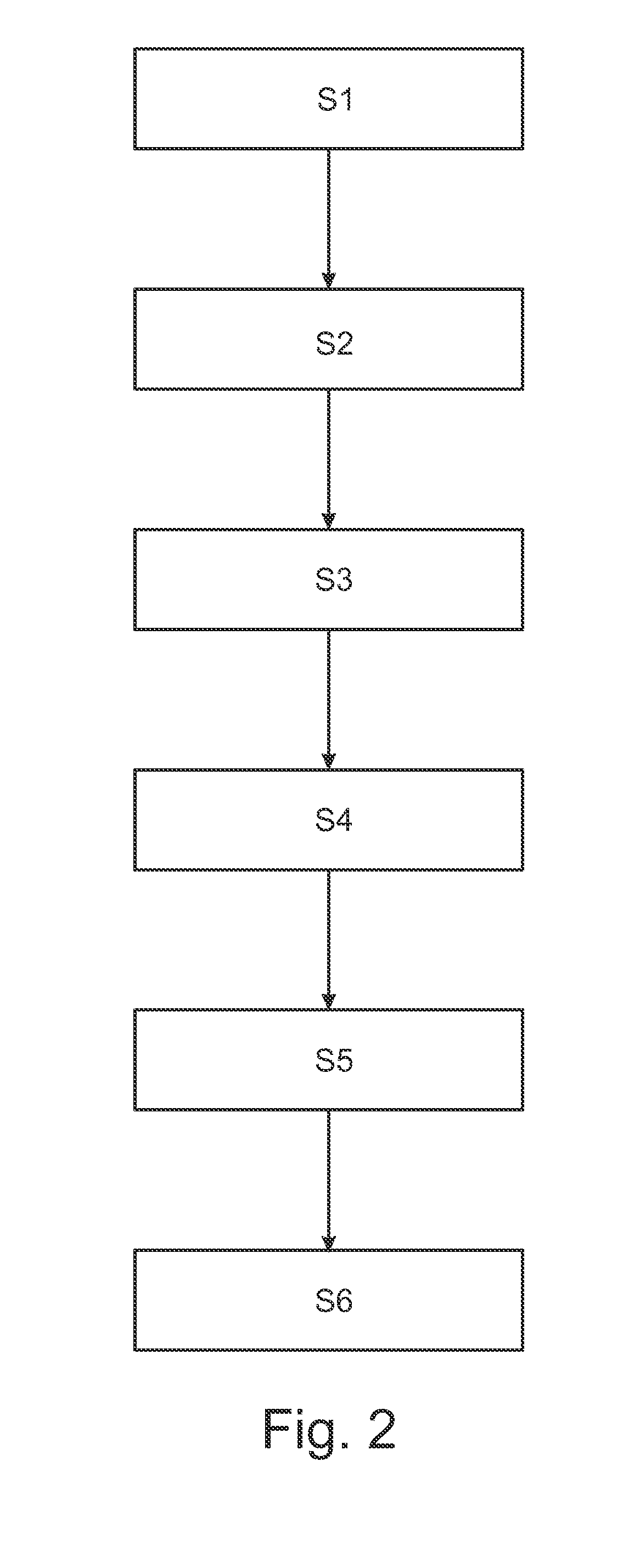Method of visualizing a bridge therapy process
a bridge therapy and process technology, applied in the field of clinical decision support systems, can solve the problems of not having a test available that encapsulates the combined effect of both therapies, the risk of life-threatening bleeding events of medical anti-coagulation therapy, and the initial heparin treatment of all patients, so as to avoid the development of over-anticoagulation or under-anticoagulation of the haemostatic situation, the effect of improving the bridging process
- Summary
- Abstract
- Description
- Claims
- Application Information
AI Technical Summary
Benefits of technology
Problems solved by technology
Method used
Image
Examples
Embodiment Construction
[0072]FIG. 1 shows a flow diagram of a method of visualizing a bridge therapy process wherein the presented method comprises steps (S1) to (S4). In step (S1) coagulation data describing haemostatic situation of a blood circulation of a patient is received. Such data may for example be received by a user interface or by a calculation arrangement or a computer system. Furthermore, the coagulation data comprise measured or simulated values of tests that indicate the haemostatic situation of a blood circulation. Therein values of an aPTT test, a PT test, an INR test, a test indicating thrombosis or coagulation, a test indicating bleeding or anticoagulation, a test indicating the haemostatic function and any test combination thereof, may be comprised by said term “coagulation data”.
[0073]Furthermore, the method depicted in FIG. 1 comprises the step (S2) which represents a displaying of the coagulation data to a user by means of a graphical representation. Furthermore, the step of display...
PUM
 Login to View More
Login to View More Abstract
Description
Claims
Application Information
 Login to View More
Login to View More - R&D
- Intellectual Property
- Life Sciences
- Materials
- Tech Scout
- Unparalleled Data Quality
- Higher Quality Content
- 60% Fewer Hallucinations
Browse by: Latest US Patents, China's latest patents, Technical Efficacy Thesaurus, Application Domain, Technology Topic, Popular Technical Reports.
© 2025 PatSnap. All rights reserved.Legal|Privacy policy|Modern Slavery Act Transparency Statement|Sitemap|About US| Contact US: help@patsnap.com



